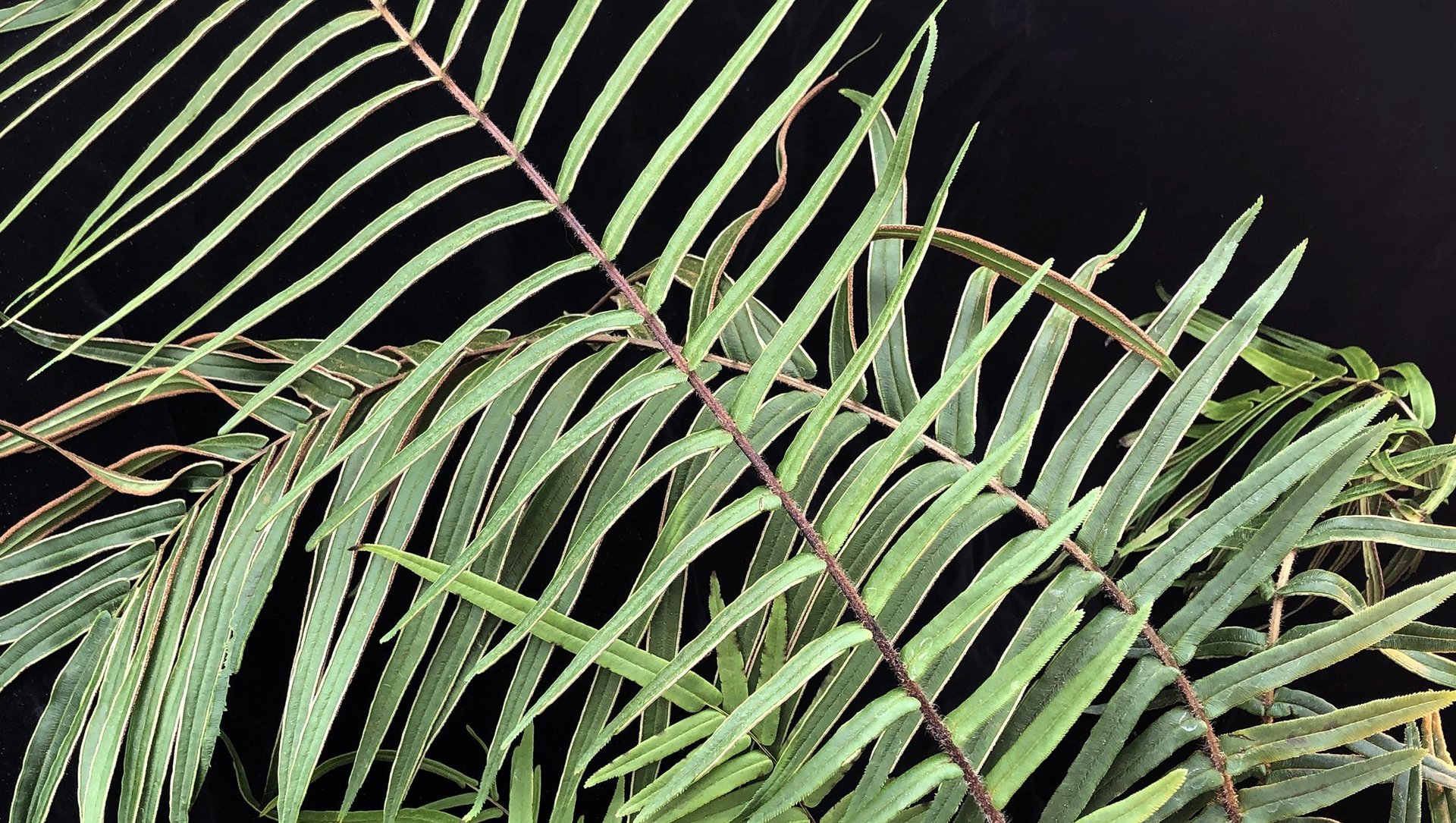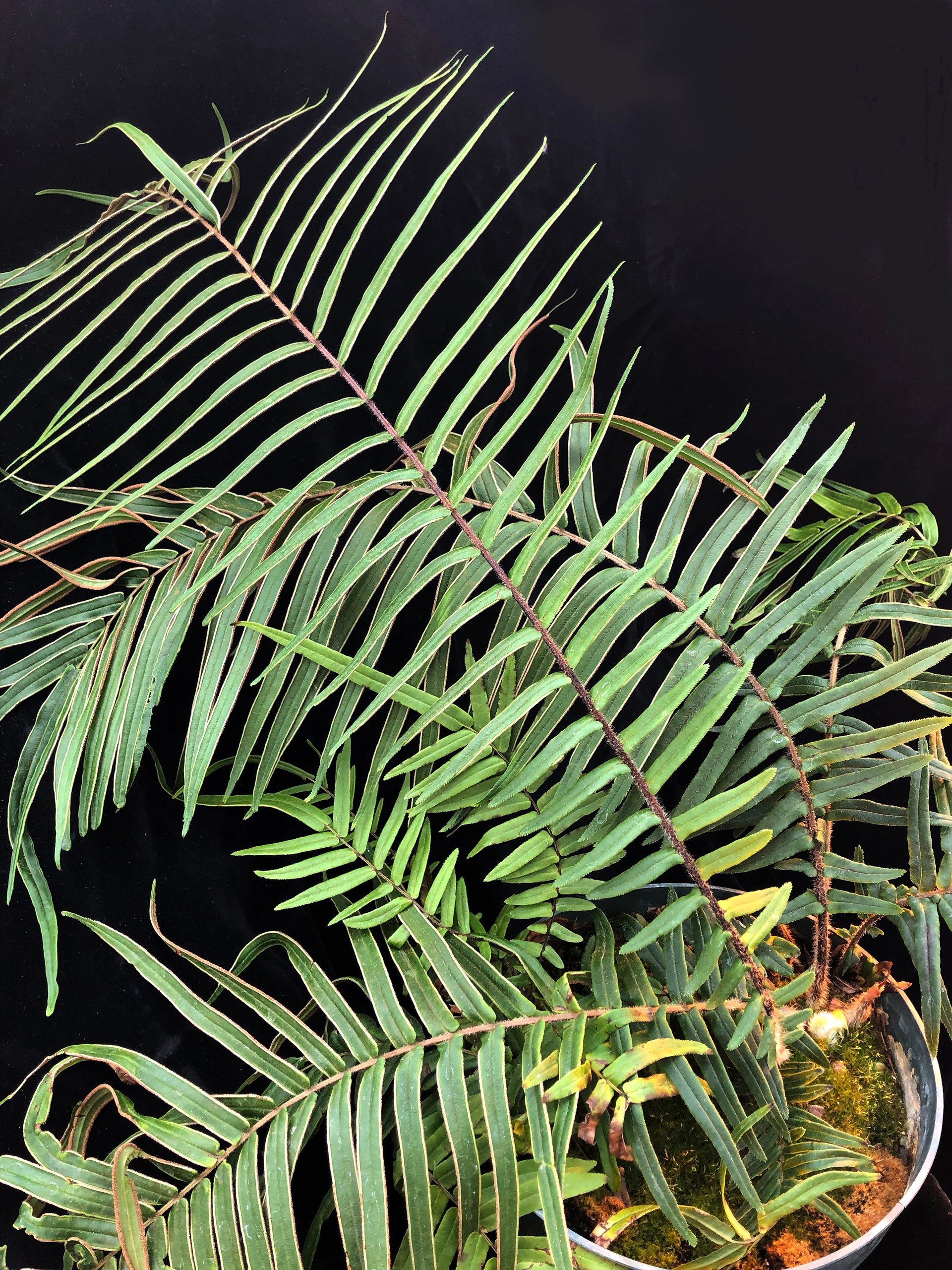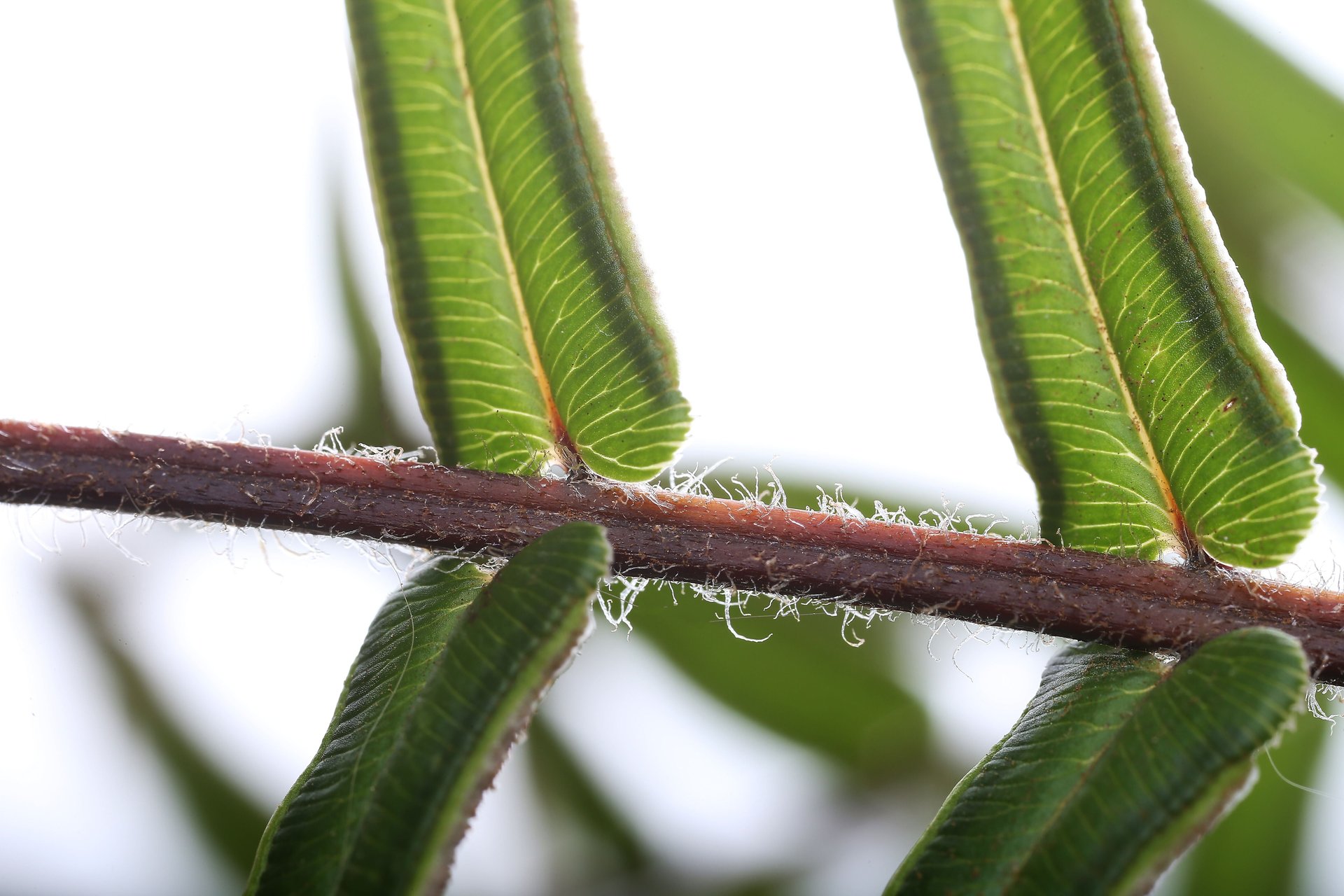A Chinese fern can absorb doses of arsenic that would kill a human
Ferns are truly some of the world’s wildest organisms. One type can be dehydrated for 100 years and perk right back up with a bit of water. Another can house their own internal fertilizer-making factory. Others can grow to the size of large trees.


Ferns are truly some of the world’s wildest organisms. One type can be dehydrated for 100 years and perk right back up with a bit of water. Another can house their own internal fertilizer-making factory. Others can grow to the size of large trees.
And then there’s Pteris vittata, which can survive obscenely high doses of arsenic like it’s nothing. Really, they don’t seem to mind one bit.
Pteris (pronounced terr-iss, as in terracotta) is a large, ostentatious fern that grows in subtropical places. Each frond can grow up to three feet (about one meter), and its wiry roots allow it can cling to walls. “I actually found it growing on a crack on a building in New Orleans,” says Jo Ann Banks, a geneticist and plant biologist at Purdue University.
Native to China, it grows the humid parts of the southern US and is found widely across subtropical Africa, Asia, and Australia. Its sheer abundance makes its arsenic-absorbing potential particularly promising: Soil near mines and other industrial sites are often contaminated with arsenic, which can cause cancer and other ailments in humans.

Naturally occurring arsenic is also a problem. As many as two million Americans who use private wells are drinking water highly contaminated with arsenic, due to seams of the heavy metal near groundwater. It’s also problem for farms that use groundwater for crops. Getting rid of it cheaply and easily would be a welcome development.
Just a reminder: Even a relatively small dose of arsenic is fatal to most other living things. Lesions start showing up on humans’ skin at a dose of just 2 to 20 micrograms—a micrograms is one one-millionth of a gram—per kilogram of arsenic per day. Somehow, Pteris can thrive in soil saturated with 13.34 grams per liter of arsenic “for months,” according to Banks.
Plants usually can tolerate more arsenic than humans. But Pteris can tolerate between 100 and 1,000 times more arsenic than a normal plant. “No other plant or animal is able to hyper-accumulate arsenic like this,” Banks says.
Fully 3% of the dry weight of a frond from a Pteris grown in arsenic-laden soil for a few years would be pure arsenic.
Why would a fern do this?
Banks says there are two possibilities for why Pteris evolved this way. The first is for straightforward defense: “If you’re full of arsenic, animals won’t eat you.” But she’s more inclined to the second possibility—that Pteris evolved in a place where the soil didn’t have enough phosphate to support plant life. Arsenic kills organisms by substituting for phosphate in cells and disturbing cell reactions that require phosphate. Typically, plants use phosphate to breakdown glucose for energy. Perhaps Pteris uses arsenic to truly replace phosphate, rather than experience it as a toxic trojan horse.
Pteris’ astounding ability to tolerate arsenic was first discovered in 2001 by a team lead by researcher Lena Ma at the University of Florida. Ma’s lab later found that Pteris can reduce the amount of arsenic in soil by 50% in five years. Right now, cleaning arsenic out of soil extremely expensive. Specialists must remove all the contaminated soil, rinse it of arsenic, store it in specialized toxic-waste facilities, and then replace the dirt with fresh, clean soil. Planting Pteris, on the other hand, is almost too easy: “Just take the spores and throw them on dirt,” Banks says. “You’ll get a bajillion.”
After a while, the fronds could be harvested, dried, and pulverized. The arsenic could be extracted with simple solvents, Banks says. The purified arsenic would be much easier to contain that way, rather than within heaps of soil. Presumably, it would end up in a specially designated hazardous waste landfill.
The fact that the Pteris didn’t die when exposed to high doses was remarkable—but the mechanism behind that ability was still shrouded in mystery.

Using genetics to lift the lid
In a paper published in the journal Current Biology on May 20, Banks and her team write that the key to the fern’s ability is hidden in three genes. None of them have anything to do with how well the fern adapts to stress, as Banks expected, but rather deal with unrelated things like respiration. Yet they manage to “chemically trap” the arsenic, so it can be stored in the leaves without disturbing the plant.
Now Banks will try to turn other plants into arsenic-absorbing machines.
Banks plans to start by inserting the three genes into thale cress, a small flowering weedy plant that grows in unloved places, like roadsides or urban dirt patches. She wants to see if she can get the cress to sequester arsenic like Pteris does. If other plants can be weaponized in the fight against arsenic in soil, they could be used to clean up toxic sites.
“That way you just wack off the shoot and deal with it,” Banks says.